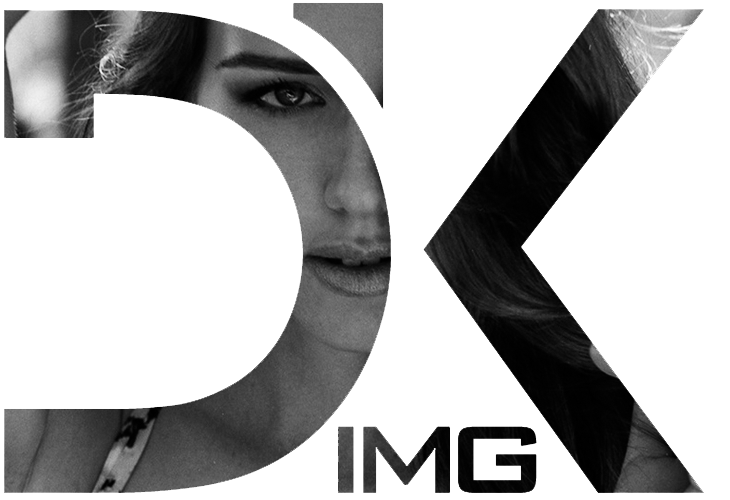For years, I’ve always admired Hasselblad, its systems, and its impressive lineup of lenses. Over time, I’ve experimented with everything from the classic 500 series and H Series to the unique 2000 and 200 series bodies. I’ve used lenses ranging from the common Planar 80mm f/2.8 to iconic options like the Hasselblad 100mm f/2.2 on the H body. However, none captured my attention quite like the Planar 110mm f/2 lens, which became my absolute favorite in the entire Hasselblad lineup. The way it rendered images, with its creamy bokeh, balanced sharpness, and those unmistakable Zeiss colors, made it a true masterpiece. It was the perfect mix of technical brilliance and artistic charm, and it was the lens I always reached for, whether shooting portraits or street scenes.
Despite how much I loved the 110mm f/2 and enjoyed each Hasselblad system, there was always one strange drawback: the square aspect ratio. I often found myself craving vertical framing, something that the 6×6 format could never quite deliver naturally. Although the H Series with its 645 film backs helped, it still didn’t completely satisfy my desire for a frame smaller than 6×6. I kept cropping images to create a vertical look, but it never felt authentic. This urge for a more natural vertical format eventually pushed me to explore other systems, especially 6×7 cameras, which fit the aspect ratio I was after perfectly.
That search led me to the Pentax 67ii. The Pentax 67 has always been known for its versatility and incredible lenses, but the idea of investing in another full setup was intimidating, especially after collecting so much Hasselblad equipment over the years. After a lot of thinking, I made a bold move and sold all my Hasselblad gear, including my beloved 110mm f/2, to make the switch to Pentax. Letting go of the 110mm f/2 was painful. Its character was truly one of a kind. While Pentax offered the 105mm f/2.4, another legendary lens, I didn’t want to be just another photographer repeating the same praises. I wanted something different. So, I gave myself a challenge: to adapt the Hasselblad Planar 110mm f/2 lens for the Pentax 67 mount, combining the best of both worlds.
Was the conversion possible? Yes, but it came with challenges. The biggest issue was the difference in flange focal distance between Hasselblad and Pentax, which required delicate modifications to the back of the lens to reach infinity focus. Determined to make it work, I sold my Planar 110mm lenses, both the F and FE versions, along with my Hasselblad H 100mm, to fund the search for a broken Planar 110mm I could experiment with, since the Pentax 67 doesn’t rely on electronics for operation.
After some searching, I came across a converted Planar 110mm f/2 on eBay that had been modified to a PL mount, most likely for filmmaking. I reached out to the seller, who didn’t know much about the lens’s history. During a few messages back and forth, I explained where the lens originally came from and how it ended up being converted to a PL mount for film work. I mentioned that while it might not hold much value for a Hasselblad shooter, it could be an interesting piece for someone looking to experiment with the 110mm focal length in a cinema setup. I also told her what my offer would be and explained that I didn’t want to disrespect her with what the lens could realistically be worth. She appreciated the honesty and told me how generous it was of me to share that information. In the end, she accepted my offer, and I managed to secure it for under $500—a rare find.
When the lens arrived, it was in pristine condition, but converting it to a Pentax mount was still going to be a challenge. It had already been stripped of electronics, leaving only the optics and mechanical parts. It took me a few weeks to see if I could somehow remove the PL adapter and design my own type of mount that would fit the current lens frame. After many attempts and late nights tinkering, I realized that with my own tools and limited resources, I just couldn’t get it to the proper flange distance needed for infinity focus. That was the moment I knew I needed some help.
While the world of lens modification wasn’t entirely new, it was far from common knowledge for most people. At the time, only a handful of companies were known to modify lenses for the Pentax system, and even then, they typically worked with projector lenses or other unusual optics that were limited to shooting wide open. While researching, I eventually found an engineer who specialized in camera parts and custom lens modifications. After some back-and-forth, he agreed to take on the project, though he made it clear there were no promises.
I shipped the lens to him, and after careful work, he managed to reduce the rear section of the lens while keeping the aperture blades intact, allowing it to function beyond wide open shooting. Finally, I had my dream setup: the signature rendering of the Planar 110mm f/2 on the Pentax 67ii. It brought Zeiss’s legendary look to the expansive 6×7 format—a perfect match for the creative vision I had been chasing all along.
Edit October 2025: While I still get the occasional message or email asking how this was done, where it can be done, or if I can share the engineer’s contact, I no longer have that information.




